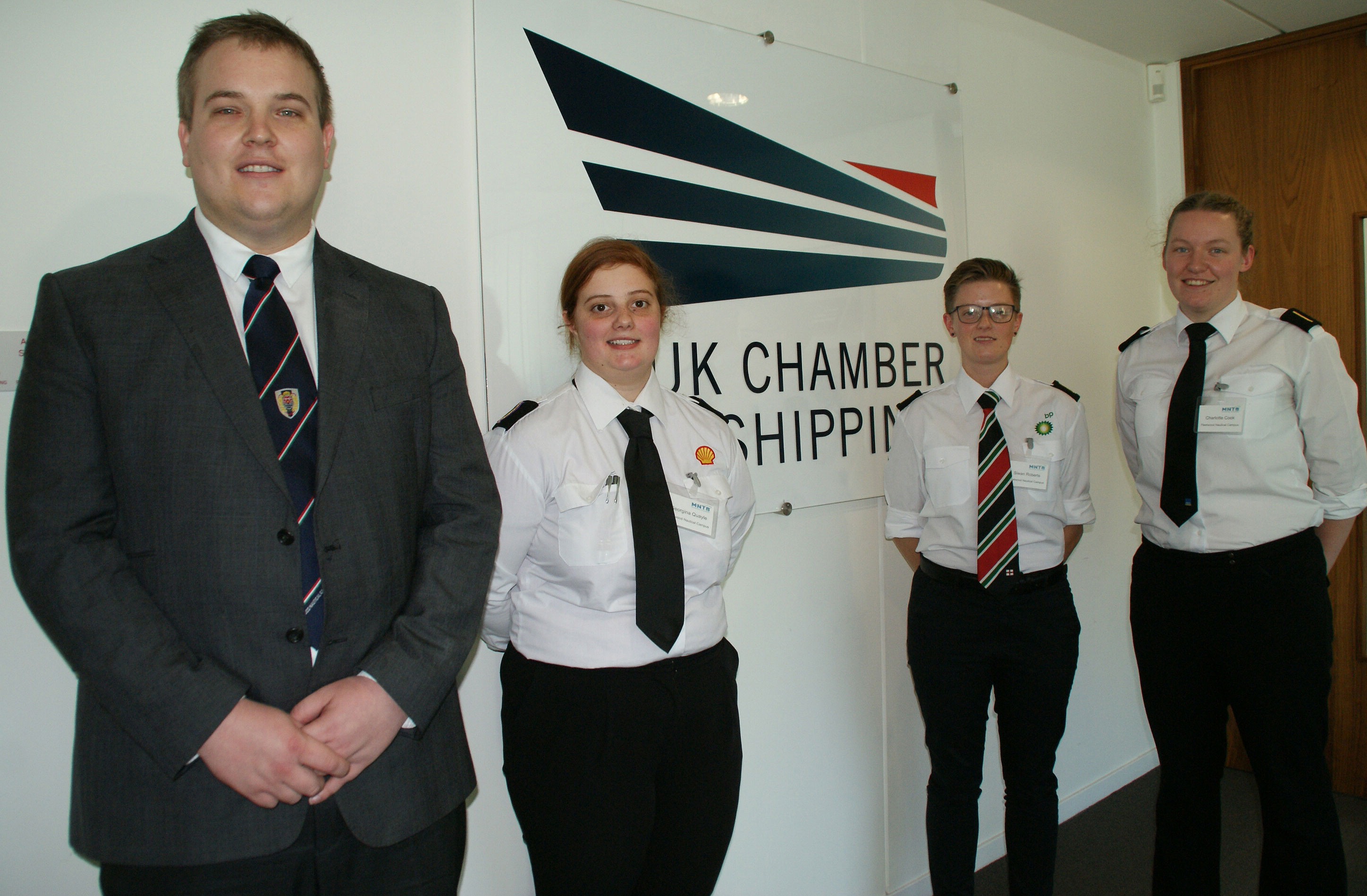
Most young people these days expect a reasonably diverse workplace – but those who take up a seafaring career are still unlikely to find many female colleagues. A recent industry seminar asked why.
It's hard to find a line of work with a smaller proportion of women in it than seafaring – in the UK.
Professional beer inspectors are one of the few workforces with a smaller percentage of females in their ranks.
So how can the shipping industry do better? That was the question posed at a special Merchant Navy Training Board seminar in December 2017.
Nautilus professional and technical officer David Appleton told the meeting that British shipping clearly has a problem, with just 1% of engineer officers and 4% of deck officers being women, and the female cadet intake failing to move beyond 5% in each of the last three academic years.
He said the industry needs to do more to eradicate outdated opinions and misconceptions that can discourage women from going to sea or make companies reluctant to take them on.
'There are plenty of other jobs out there that have rigorous fitness requirements where women have to meet exactly the same standards as men – and the vast majority of these have far more females than the Merchant Navy,' he pointed out. Some 7% of the London Fire Brigade's operational firefighters and 11% of Royal Navy officers are women, he noted.
The claim that women will not pursue a longterm career in the industry does not stand up, Mr Appleton added. Research into maritime 'career mapping' shows that less than one-quarter of new seafarers intend to remain at sea until retirement and more than one-third anticipate coming ashore within 15 years of starting out.
In fact, he argued, seafaring could be viewed as a perfect career for women. 'You spend 10 to 15 years gaining highly sought-after skills and knowledge and then move ashore, as most of us do, to a new career that allows the necessary work-life balance.'
Mr Appleton said the industry needs to adopt ambitious thinking and concrete strategies if it is serious about recruiting more women. 'It means identifying and promoting role models and getting the good news stories out there. It means setting up support networks, changing recruitment policies and working practices and, above all, ensuring that the job is actually an attractive proposition for people.'
Captain Susan Thomson, who now serves ashore with BP Shipping, said she had loved her 12 years at sea and felt 'quite privileged' to be working in the maritime industry. 'I think we sometimes concentrate on the negative and only hear about women in shipping when it is bad,' she said. 'It would be naïve to think bad stories don't exist, and the industry needs to be more inclusive.
I believe there is a real shift taking place, with a generational gap being opened up. Many seafarers over 40 never sailed with a woman, whereas the newer seafarers see each other much more as equals. Captain Susan Thomson
Capt Thomson said she had benefited hugely from good mentoring – helping her draw up a professional development plan, which had been especially useful for the transition to working ashore. Good support mechanisms and creating a culture in which individuals can speak up is also important, she argued.
UK Chamber of Shipping chief executive Guy Platten told delegates at the meeting – including shipping company training officers, HR managers, college lecturers and cadets – that owners have been struggling to get female applicants for cadetships. He wondered whether having entry requirements concentrated on STEM subjects, such as maths and physics, is excluding significant numbers of young women as fewer study these courses at A level.
A succession of speakers highlighted the need for the industry to do more to raise awareness of seafaring – with cadets saying there is little public understanding of the long-term career opportunities at sea and ashore. There were also calls for shipping companies to provide better support for women seafarers, giving them improved preparation for their time at sea, and suggestions that cultural issues in multinational crews need to be addressed.
- What do you think? Could the industry do more – and, if so, how could the number of female seafarers could be increased? Share your ideas: telegraph@nautilusint.org.
Tags
